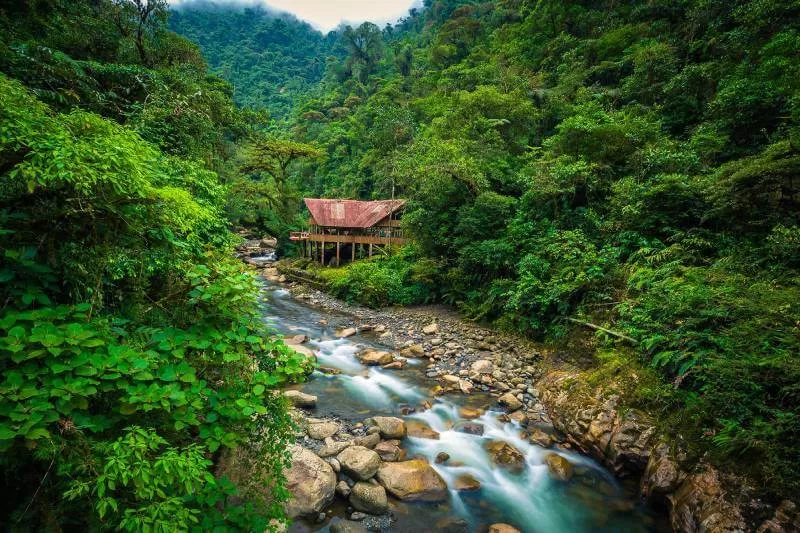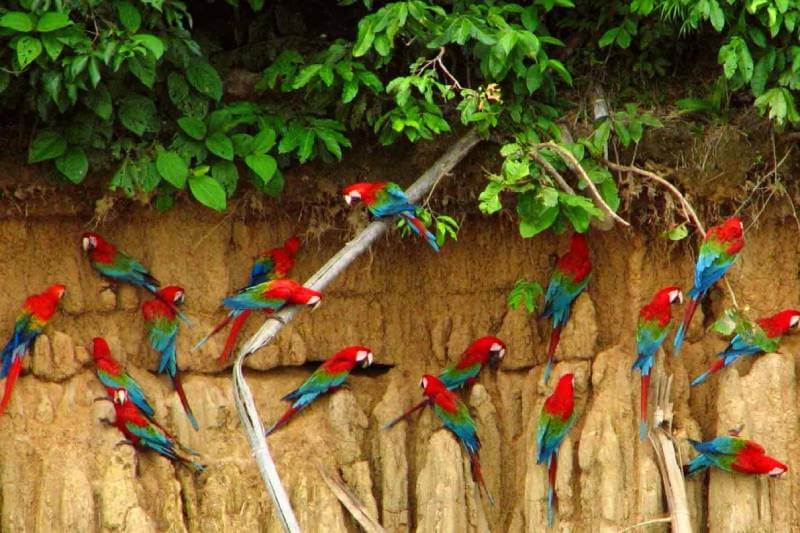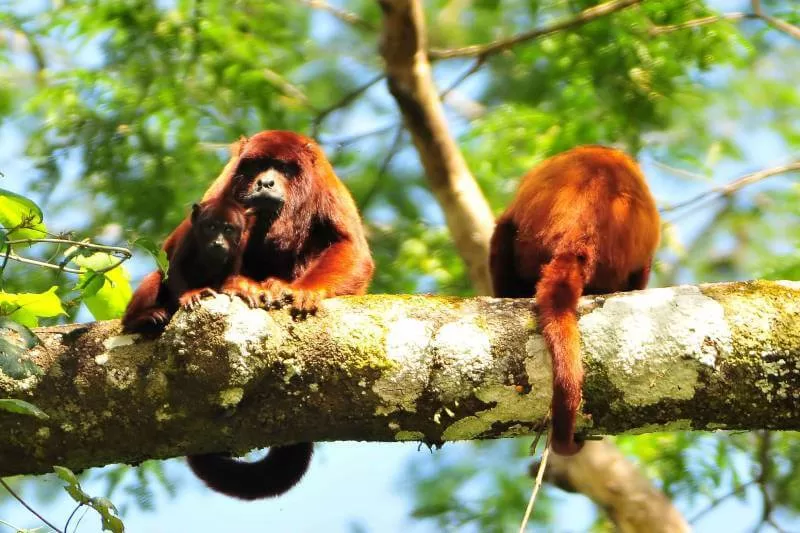Manu Expeditions offer travelers a unique opportunity. Exploring the rich variety of the Manu National Park is a privilege. These expeditions bring visitors near pristine rainforests.
However, the impact of these trips can be important. There are consequences to the environment and local communities. Some of them are good, some of them are bad.
In this post, we’ll go over the positive and negative. The effects on Manu Expeditions can teach us about conservation. The tours themselfs promote environmental awareness. Could they pose a danger for the reserve?
By examining the impact, we can better balance conservation with tourism. Manu is a National Park. This implies a coexistence of both aspects. We will explore how these adventures influence nature and local cultures.
Join us as we analyze these practices. As a tour operator we support responsible tourism. We want to offer the best experiences.
But we want to reduce the harm to the reserve. So trust us in your next adventure.

Manu Expeditions bring tourists to a reserved zone. However, these tours can also have negative impacts on the environment. The intensity of this can vary.
These effects can affect small portions of the forest. And thankfully, it is mostly this case. However this is a chance to be mindful.
One major concern is the disruption of flora and fauna. Increased human presence can disturb habitats. For instance, giant otters and other species may feel threatened. The mere presence of humans can alter animal behavior.
The noise and activity can create alterations. This in the worst cases can lead to habitat displacement.
Manu Expeditions implied human needs. Tourists require water and else. We can deny that tourists will require some of the park’s resources. However, this impact is mild, at least by now.
Unless the number of tourists increases drastically, this is a minor concern. But in addition to this, waste is also a problem.
Any tour can contribute to pollution. The measure to ensure clean exploration requires effort. This can harm the ecosystems of the Peruvian Amazon in the long run.
Another negative impact is the erosion of trails. Frequent foot traffic can lead to soil erosion. By the time being this is controlled with only a handful of paths available.
Abundant foot traffic can hurt plant growth. This erosion can also affect natural corridors. SO animal movement can become limited.
To minimize these negative effects there are practices in places. This can improve. And we hope they improve with time.
Stricter guidelines can help with this in the future. Also, limiting the number of visitors is important. Despite the monetary interest. Day tours in Manu have to be in small groups only.
Right now, there is limited entry to the Reserved zone. So blocking access to sensitive areas is possible. Using eco-friendly practices on Manu Tours is part of the current practices.
Additionally, increasing awareness among tourists can make a difference. Educating visitors is also an important part of the experience. Teaching how to minimize impact lead to more responsible behavior.

On the other hand, Manu Expeditions can be positive. Manu National Park can benefit from the visitors.
Visitors can participate in conservation efforts. Tourism can promote cultural awareness. Day trips contribute positively in certain ways.
One major benefit of Manu Expeditions is education. Tourists learn about the ecosystem. This is chance to teach about the Peruvian Amazon.
Guides share knowledge about Manu’s flora and fauna. Visitors learn about nature while observing giant otters. At the end, visitors will understand the importance of preservation.
Manu Expeditions also provide support for conservation initiatives. Tour operators often collaborate with local projects. These funds help protect Manu National Park’s ecosystems.
Financial contributions support anti-poaching measures. These measures are expensive. They require trained personnel and equipment.
Habitat restoration projects also need founding. This financial backing can be quite necessary.
Manu Expeditions significantly boost the local economy. The tourists’ interest creates job opportunities for locals. Many community members work as guides, lodge staff, etc. This economic support helps improve living standards.
Communities get an incentive to engage in conservation. This responsible profit replaces some harmful practices in the local economy. Like poaching and illegal mining.
Manu Expeditions also promote cultural awareness. They teach respect for native communities. Tourists get to appreciate the traditional lifestyles of indigenous peoples.
This exposure fosters mutual respect and understanding. It creates a positive experience for tourists and local residents. It also helps preserve traditional knowledge and practices.
The promotion of sustainable tourism practices is another positive impact. Tour operators aim to follow eco-friendly guidelines.
Manu Expeditions often involve local communities. Their interest in conservation efforts always gets better results. Tourism has become a motivator for locals.
Tourism-related activities foster a sense of ownership in locals. This helps ensure that local people will step up in defense of Manu. Community-based conservation projects benefit the people.
The exposure by Manu Expeditions raises attention. It creates global awareness about the needs of Manu National Park. Global attention is a powerful weapon.
Tourists spread awareness. Visitors themselves can become invested in the conservation projects. This generates interest. If the information is out there, more people will get involved.
This increased awareness can lead to further support. More advocacy for conservation efforts can lead to bigger changes. Additionally, it helps show the importance of Manu. So it won’t be ignored.

If you got any questions, please do not hesitate to send us a message. We reply within 24 hours!
+51 900 394 399
info@biomanuexpeditions.com
reservas@biomanuexpeditions.com
